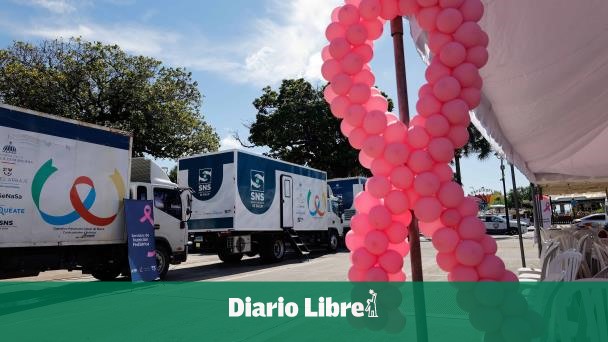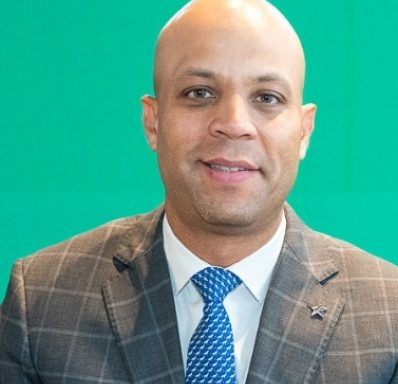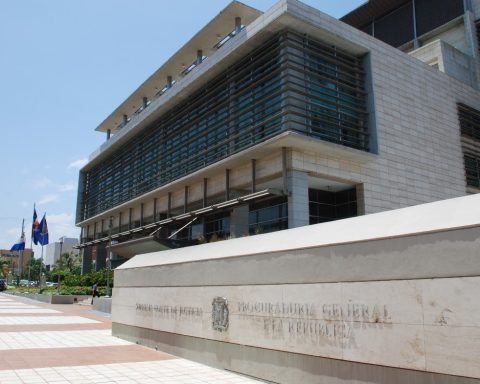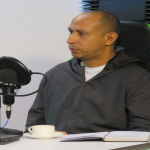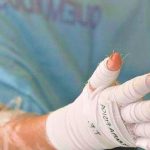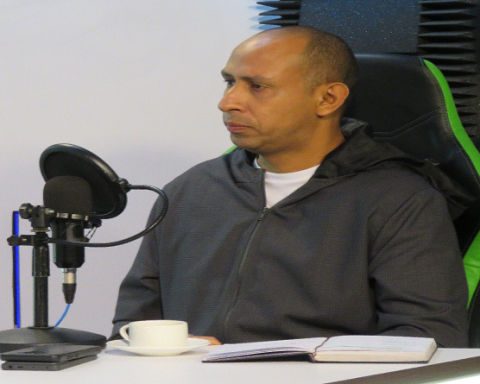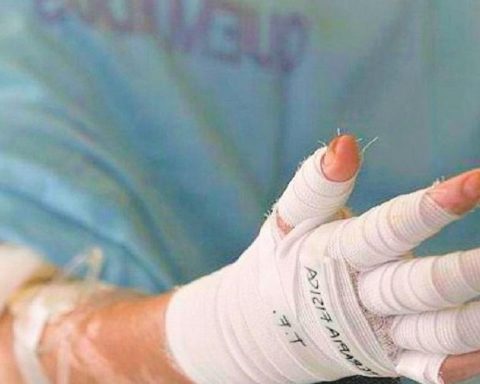According to recent data from National Health Insurance (Senasa), he treatment of the breast cancer It could initially cost approximately 1.5 million pesos per patient, and rise to more than 2.9 million pesos, depending on the stage at which the disease is diagnosed.
Santiago Hazim, director of the entity, pointed out that the difference between early attention and treatment of breast cancer lies in the fact that prevention and timely diagnosis can not only save lives, but also represent a more economical investment in the long term from the perspective of the member.
Hazim highlighted that although the Dominican Social Security System (SDSS) has extensive coverage For this type of case, it also represents a significant burden for the patient, their families and society.
The official expressed himself in these terms regarding commemorate today, Saturday October 19, on “World day to fight breast cancer“, time that is used to continue raising awareness among the population about the importance of prevention.
The doctor recalled that, recently, Senasa presented a study which revealed that, of the 61,714 cases of cancer diagnosed among its members, 25% (15,429) corresponded to breast cancerwith more than 1,200 cases in men in a period of four years and four months.
Through a press release, Hazim emphasized the importance of early detectionfor its impact on health, in addition to the economic savings what it means for families, because care would have less cost.
He highlighted that, from this Health Risk Manager (ARS), access is guaranteed preventive services such as consultations, mammograms and sonomammograms throughout its network of providers, both public and private.
Strengthen the Primary Care
Likewise, Hazim reiterated the need to strengthen the Primary Care to improve the quality of life of the population, stating that there is greater efficiency and effectiveness in early diagnosis and timely care can be obtained, which would translate into well-being.
The doctor recommended to families with a member affected by the breast cancer to focus on the health education and self care. Likewise, he insisted that there are hereditary factors about this disease, so it is imperative to carry out checkups on family members.
The Pan American Health Organization (PAHO), in its information sheets for professionals in the field, details that a large part of the women diagnosed with breast cancer in the early stages, if they receive adequate treatment, have a good prognosis, with rates of 5-year survival of 80% to 90%. But in many Latin American countries, women are diagnosed at late stages, complicating treatment and reducing chances of survival.
